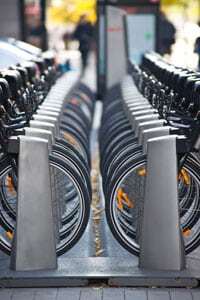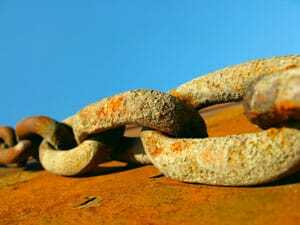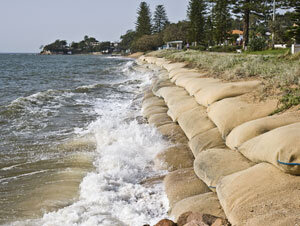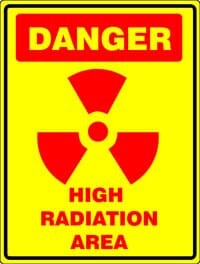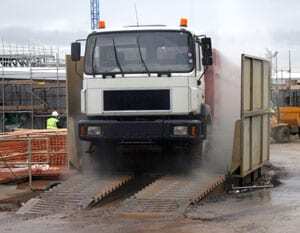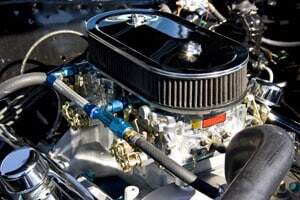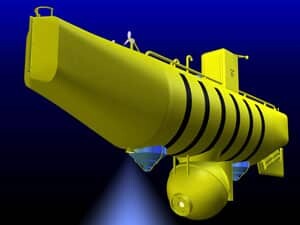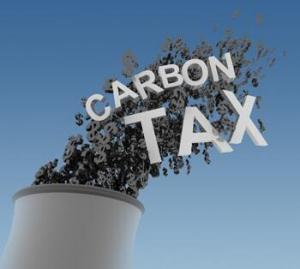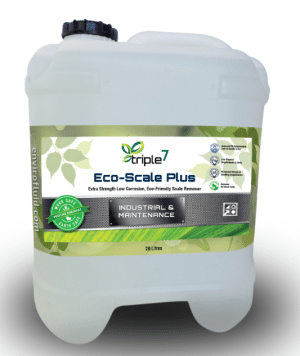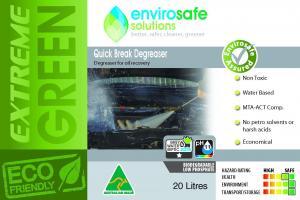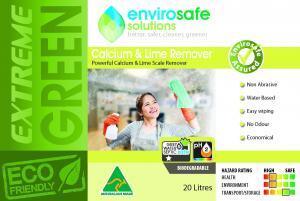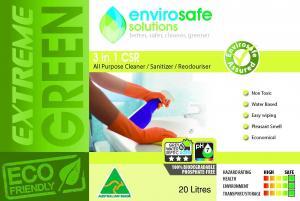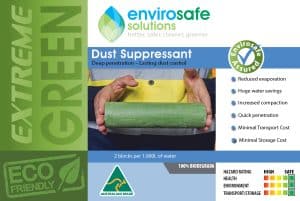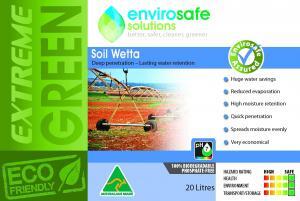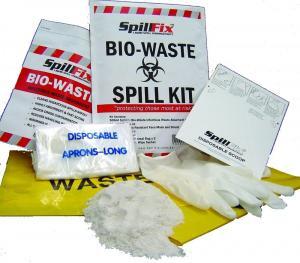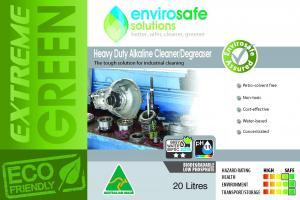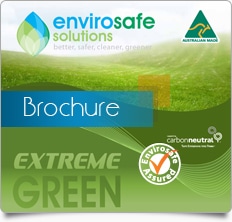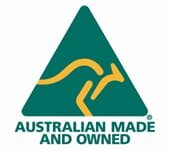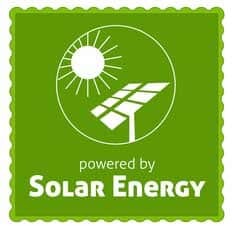Envirosafe Solutions encourages individuals within the community to contribute to a greener and healthier environment. You too can make a difference, and it all starts with the humble bicycle.
You want to make a difference…but you don’t know how. You often think you would like to reduce your own carbon footprint…but you are so busy you don’t have time to really do so. You look at your children in the evening and you wonder what the future will hold for them on their 30th or 40th or 50th birthday. What will the planet be like then? How will they live? How will global warming affect their daily life? What will they eat and drink and do?
It is possible to make a change and make a difference. And it starts with the implementation of a few small changes in daily life. Simply go out to the garage, dust off that old two wheeler and the helmet hanging on the hook. A bit of oil, a bit of adjusting, pump up a tire or two….
And away you go….
One of the easiest and most effective ways we can reduce our own carbon footprint is to replace motoring with cycling. It does not have to be an everyday all day replacement, and it does not mean one abandons the family car forever. But here and there, it is possible to utilize two wheeler transport and therefore reduce your impact on the environment and your own petrol consumption. And it may also help you to get a little fitter.
Sarah Goodyear, reporting from London states that bikes are beginning to take over the streets as a preferred mode of commuter transport. According to 2011 London transportation department figures “there is a huge boom in the number of two-wheeled commuters.” [1] The Times has even reported that “on Cheapside, cycles now make up more than 50% of commuter traffic, according to official data, and account for up to 42%of traffic on Southward Bridge across the Thames. In one Bristol suburb, more than one in four people cycle to work….”[2]
In Australia, a similar momentum is beginning to build but requires further development and planning. The 2009 Cycling Infrastructure for Australian Cities indicates that the Australian Government has sought advice in the past few years on how best to facilitate a modal shift towards cycling as a viable and sustainable means for commuting. Australia still lags behind Europe and the UK regarding two wheeler commuting. But the shift is occurring and our country is now “taking heed of the nations that have successfully increased cycling as a mode share as well as the specific strategies, measurable policies, cross-integration of relevant government agencies that have been implemented in those countries.”[3]
Envirosafe Solutions supports the need for greater infrastructure development to support the shift to commuter cycling as has occurred in Europe and the UK.
Their approach to green lifestyle and green industry is steadfast and authentic.
Phone Envirosafe Solutions for more information on their eco-friendly products on 1300 889070
[1] http://www.grist.org/biking/2011-06-21-in-london-bike-commuters-are-the-majority-in-some-pla-outnumbers








